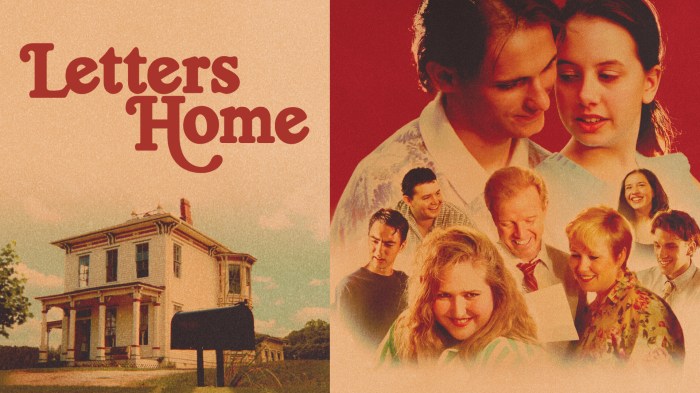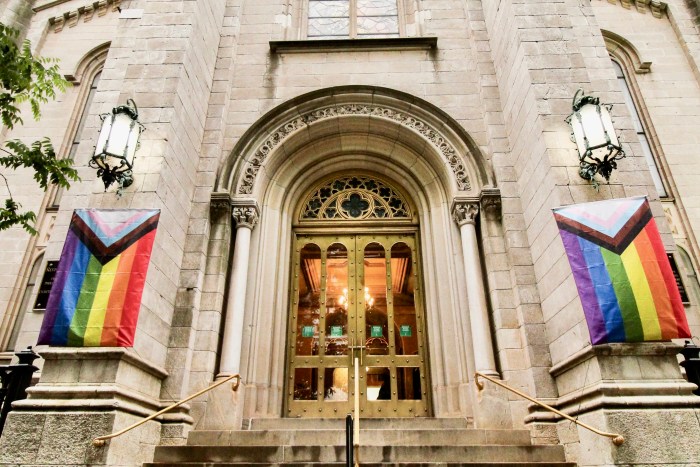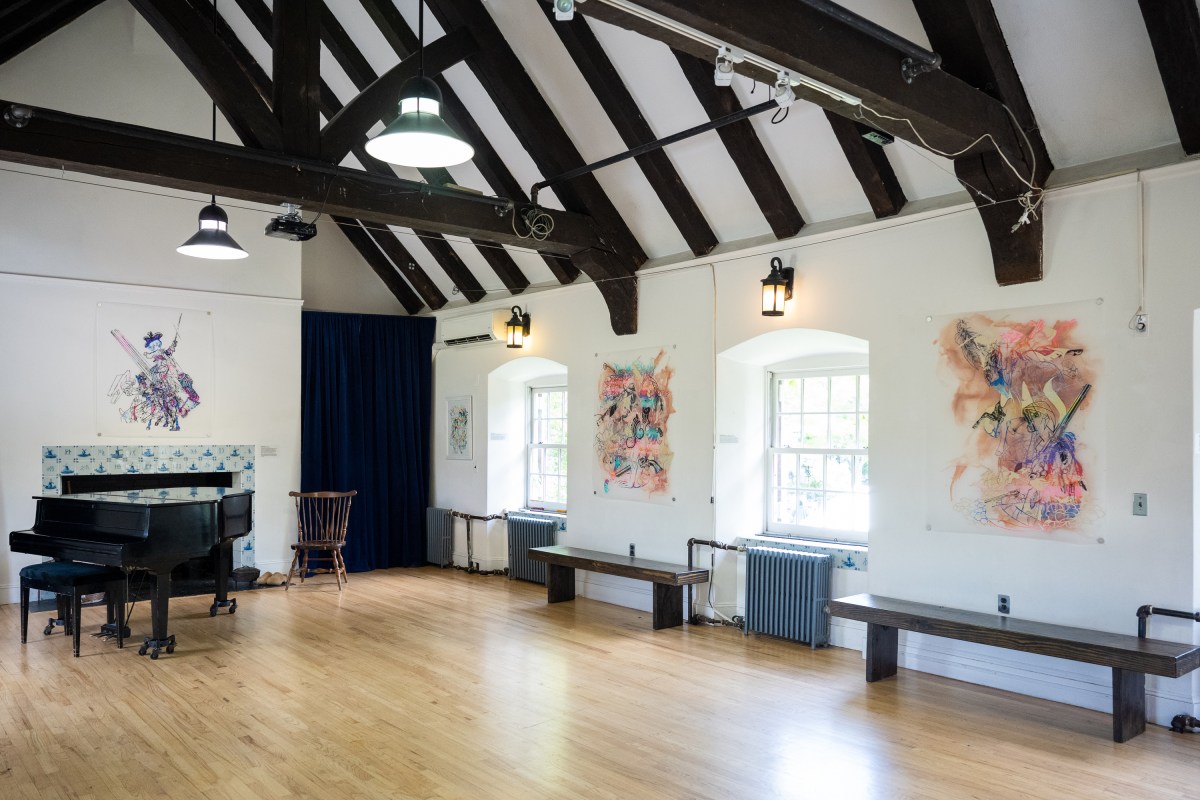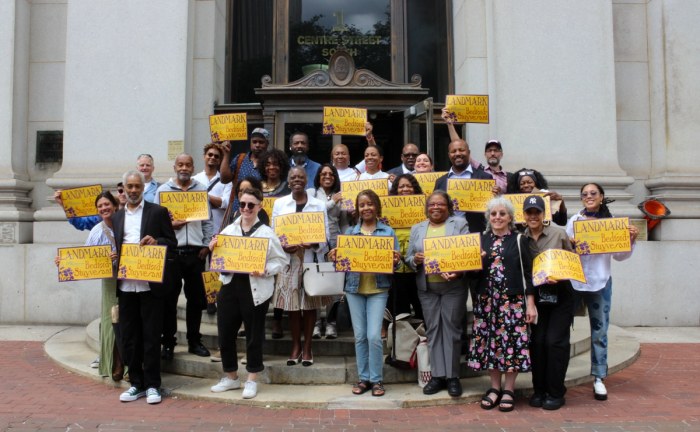By Ashley Winchester
Winemaker Norman Schapiro stands over his small market stall, quietly singing in Yiddish while surveying his wares. “Wine so thick you can cut it with a knife,” he translates. The jingle is from a 1933 Jewish radio commercial advertising his family business, which has been in operation on the Lower East Side since 1899.
Although his winery is now headquartered Upstate in Monticello, Schapiro maintains the third-generation store in the historic Essex St. Market, where fans of the century-old kosher recipe can purchase a bottle of the original extra-heavy Concord wine.
Schapiro’s Kosher Wines, which opened in this location last May, is the latest addition to the Essex St. Market. Schapiro’s used to make their wine in a building adjacent to the Market, but they sold the building a few years ago. As soon as they closed, Schapiro said he got at least 500 e-mails from customers begging him to reopen. So, the opening really is more of a return for Schapiro’s.
Like the wine store, the Market has its roots in the history of the neighborhood.
In the 1930s, Mayor Fiorello H. LaGuardia, in an effort to reduce street traffic, erected several indoor retail markets throughout New York City to house a growing number of pushcart venders. Several such warehouses were installed on Essex and Delancey Sts. Over the years the venders expanded their businesses to form permanent fixtures where locals flocked to find food and services at affordable prices.
By the late ’90s, the four buildings of the Essex St. Market threatened to close their doors for good as the neighborhood fell into decay. Realizing the area’s historical importance, the city government soon stepped in. Under Mayor Giuliani’s street cleanup project and the management of the city’s Economic Development Corporation, the Market was renovated and revitalized. Now a popular Downtown tourist site, the Essex St. Market draws customers from the five boroughs as well as local regulars.
The Market’s property manager, Albert Padilla, said this mixture of old and new makes the Market a special place to shop as both a historic destination and a community melting pot.
“Walking through the Essex St. Market is like walking through the cultural history of the neighborhood,” he said. “It’s the city’s first supermarket.”
Now with 24 venders, the market is bustling with businesses selling a range of products and services. Visitors can get a $7 haircut from Aminova’s Barber Shop or have their stereo fixed at JCC Electronics. Cuchifritos Art Gallery, in one corner of the building, brings art to the Market on a rotating basis.
The Market is also home to two seafood stores, two butchers and three produce stores, in addition to several specialty food shops. More than 40 trucks of fresh products arrive at the Market daily. Shoppers can find anything from the exotic quenepas — a small, Caribbean nut with gelatin inside — to cactus, in an atmosphere that draws consumers of all ethnicities. An Israeli specialty food store, slated to open Nov. 1, will bring the Market to full capacity.
“This is an amazing place, where Latinos shop with Jews and Chinese, the whole history of the neighborhood,” Schapiro said.
Jeffery Ruhalter recalls a similar trend of historical tradition in his business. Ruhalter is a fourth-generation butcher, whose family has been carving meat in the Essex St. Market since 1939.
“This is the Quincy Market of Manhattan, the Chelsea Market of the East side,” the young Ruhalter said.
His father, an outgoing, talkative man, works alongside his son as the two greet longtime customers with smiles and handshakes. Now called Jeffery’s Meat Market, the business has changed with the times, accommodating the ever-evolving needs of the neighborhood. But the family-friendly focus hasn’t changed.
“There’s a new type of individual in the neighborhood now,” Ruhalter said. “Where once I was doing mostly veal cutlets, now I’m doing filet mignon. The neighborhood has become more affluent, and I’m catering to new people. But this is a nice, clean healthy market to grow in. People have been buying from my family for generations, and now they’re buying from me.”
Ruhalter is planning to expand his store and rename it “J. P. Richards” within the next month.
As for Norman Schapiro, he’s happy with things the way they are.
“People remember their grandfather came, their father came, everyone came to the Lower East Side for Schapiro’s,” he said. “I want Schapiro’s to go on forever. That’s why I’m so crazy.”



































